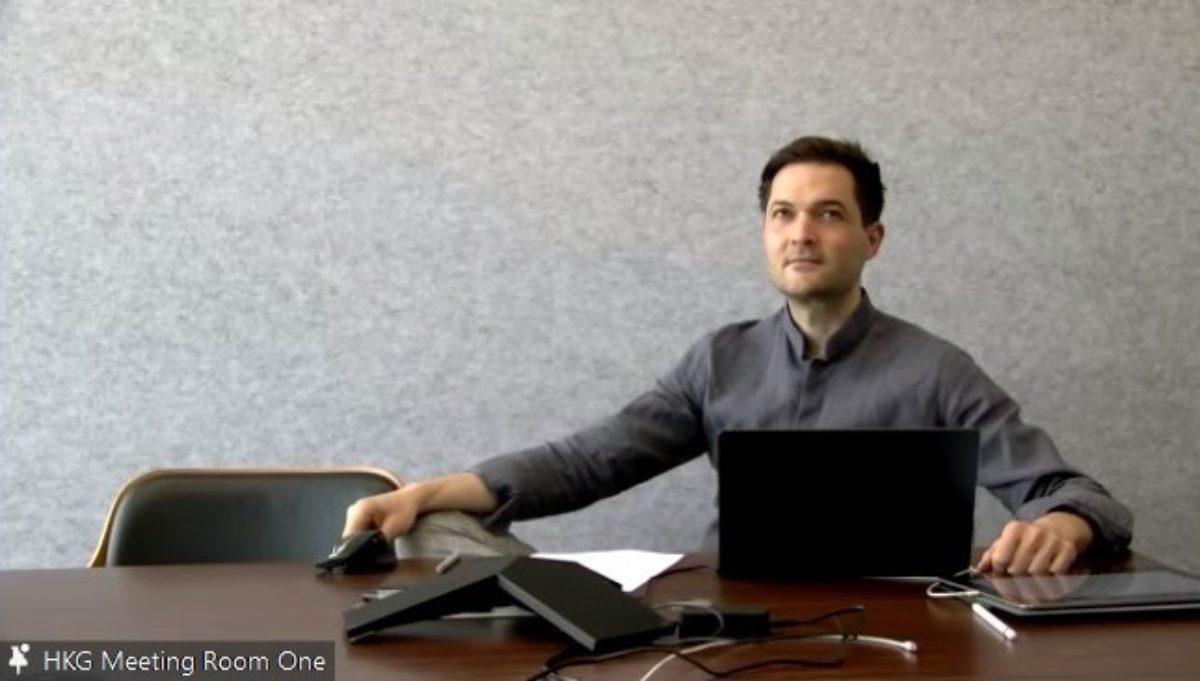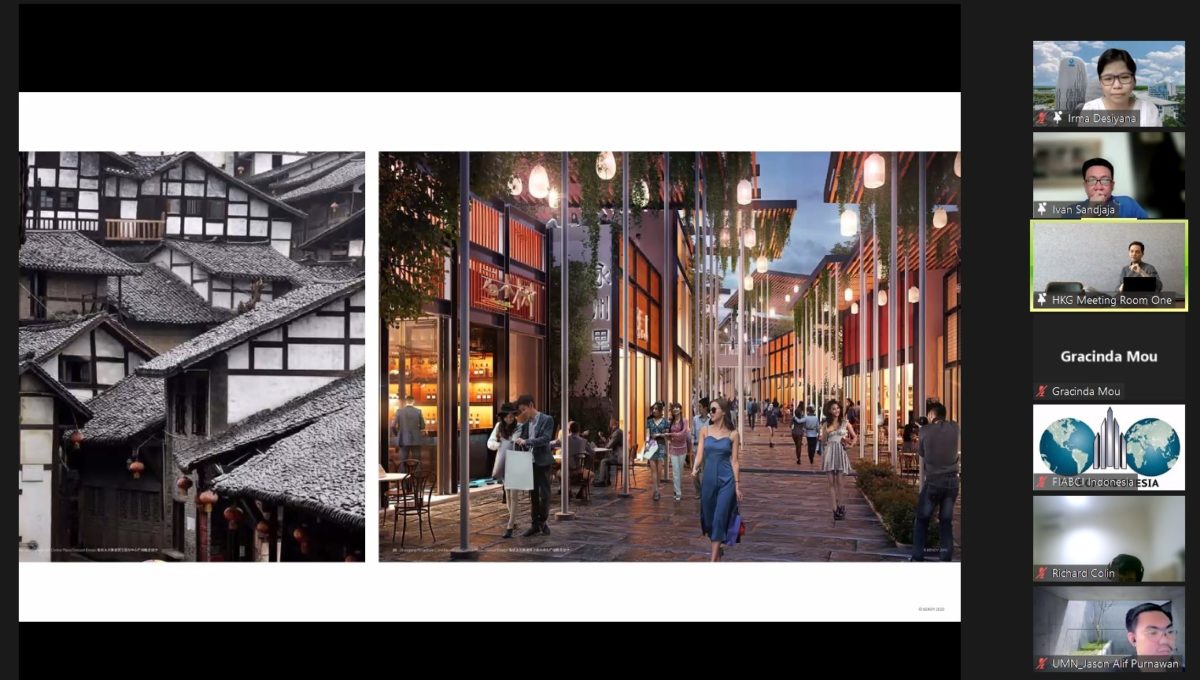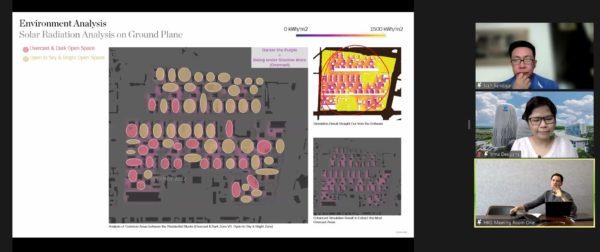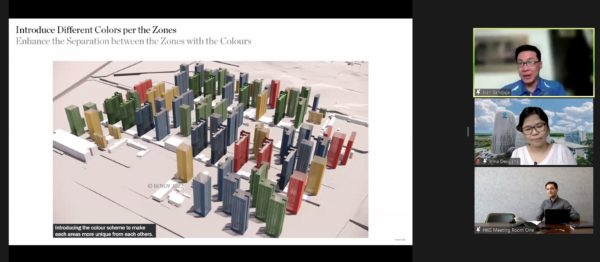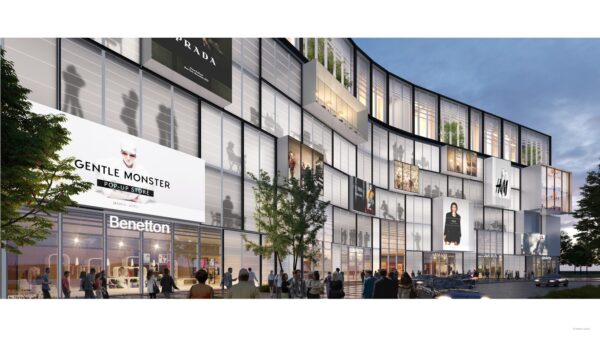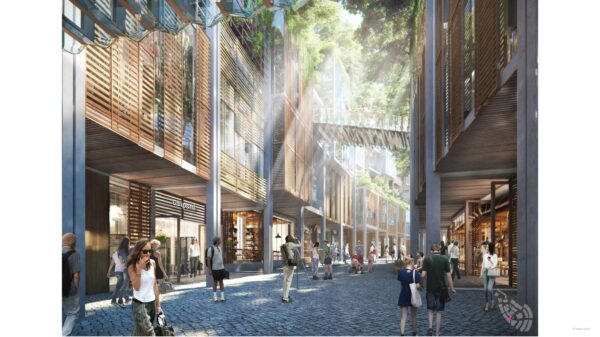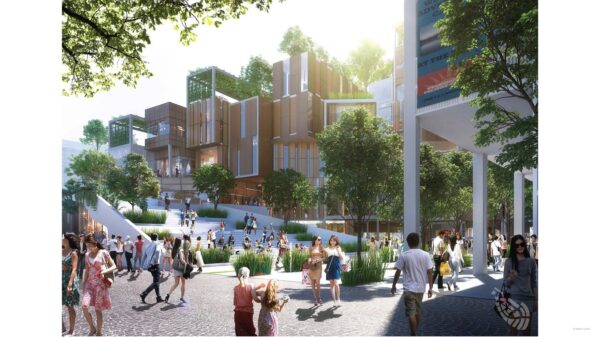Gregory Kovacs Talks Digital, Innovative, and Sustainable Design for Transformational Architecture
Gregory Kovacs, Design Director, was invited by Universitas Multimedia Nusantara (UMN) and FIABCI Indonesia for a podcast interview with Ivan Sandjaja, Managing Director, GEN Indonesia, and Irma Desiyana, Head of Department of Architecture, Universitas Multimedia Nusantara (UMN).
The hour-long interview highlighted how sustainable architecture plays an irreplaceable role in today’s world and how to incorporate technology into sustainable architecture. It also shed light on Benoy’s tenets in design when coping with climate change. Gregory also shared two exciting projects, Yongchuan Li in China, and Holland Village in Singapore, exploring the significance of respecting localism and upholding environmental sustainability during the practice.
As a trending topic in the industry, Gregory pointed out that sustainable architecture can be easily regarded as ‘greenwashing’ of buildings; thus, he reckoned it’s a challenge to step beyond by truly improving the sustainability of the environment. In fact, it should be a much broader understanding of hyper-sustainability, including social, cultural, economic, commercial, environmental, mental & physical aspects.
By sharing a streetscape study conducted in a neighborhood with a uniform grid of buildings, Gregory illustrated their new façade design by utilizing digital analysis, such as simulating daily pedestrian on-site and solar radiation analysis. Starting from the idea of placemaking and social sustainability, they used all specificities of every single location to revitalize the neighborhood successfully.
Regarding the relationship between modern buildings and climate change, Gregory considered that glass and concrete are two of the most serious contributors owing to their significant carbon footprint during construction, which even surpasses the pollution caused by the aviation industry. He thus believes that architects can make more meaningful contributions, such as transforming existing concrete structures into fit-for-purpose buildings.
Indeed, construction is not without its environmental impact; thus, Benoy has been focusing on reusing existing buildings — repositioning — or turning them into fully functional buildings to serve the clients’ commercial purposes without the need to rebuild the entire structure. From the perspective of the architecture life cycle, Gregory maintained that this kind of mitigation measure is a more sustainable approach for the environment.
Gregory shared two projects to demonstrate ideas of environmental sustainability and innovative localism. Benoy’s vision for Holland Village provides a human-scale, urban district that aims to deliver vibrant pockets of reformed space for the whole community to enjoy. In Yongchuan Li, the architecture of the retail street is a contemporary reinterpretation of the local“Ba Yu” architecture, deeply embedded in the local culture, fostering a strong sense of ownership within the local community.
It was an aspiring interview with over 200 attendees who posed insightful questions, and we look forward to more of Benoy’s impressive projects that fulfill and contribute to all aspects of sustainability.
